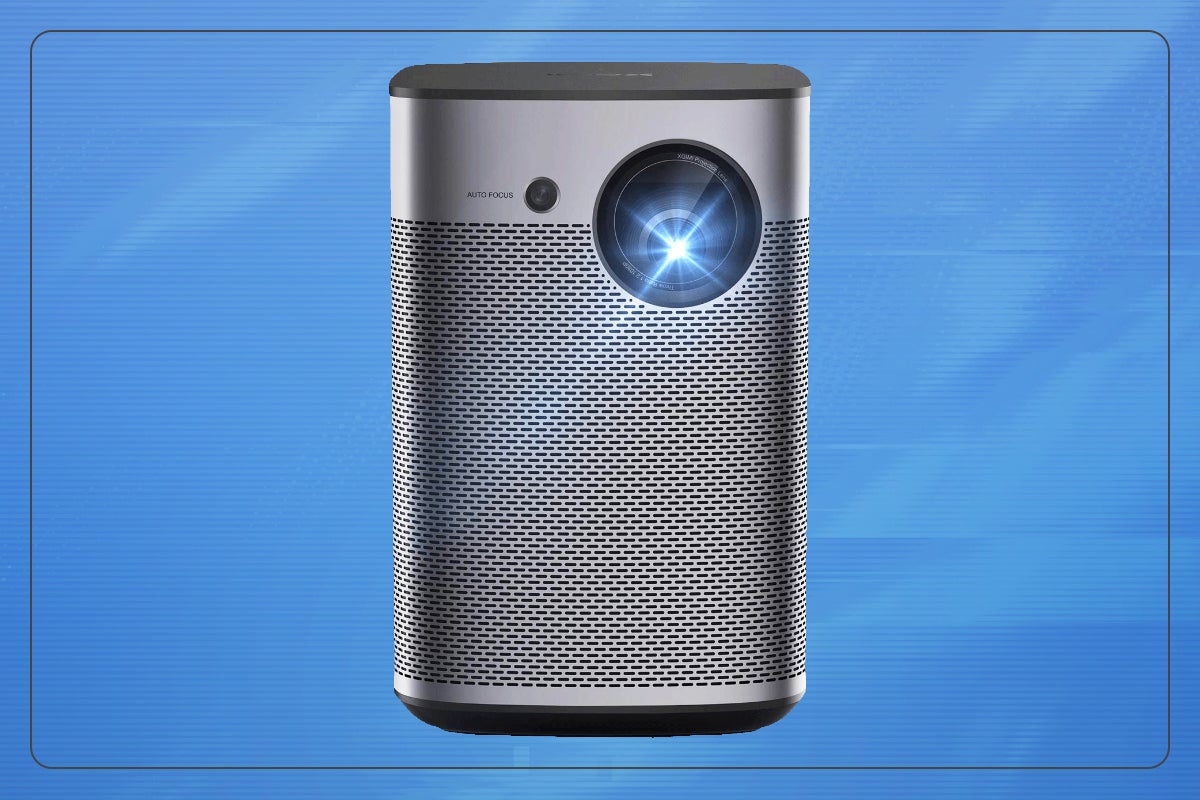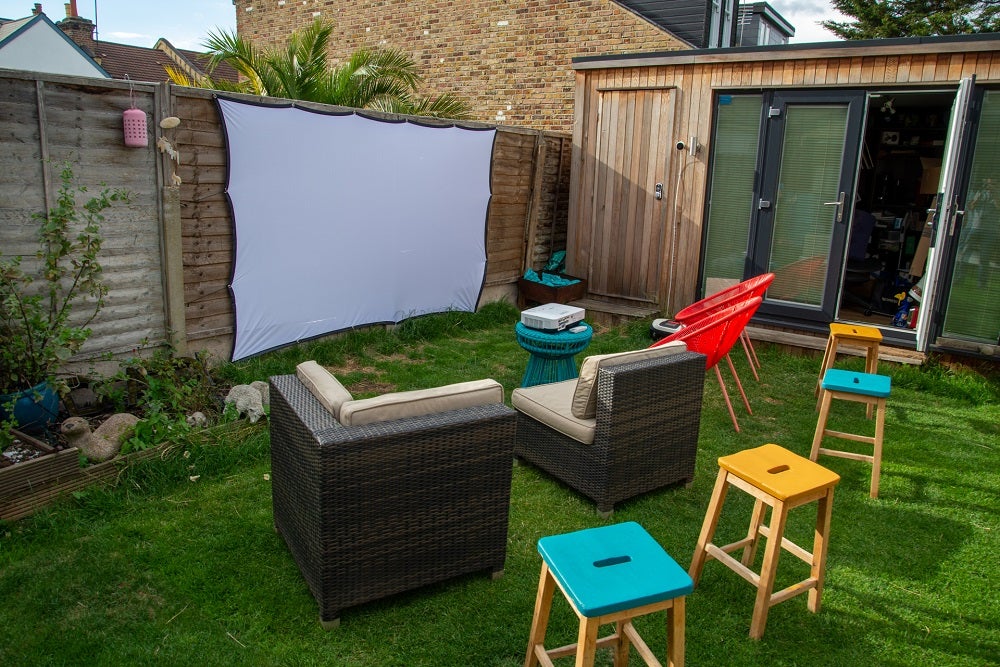Anker Nebula Mars 3 Review
A neat portable projector built for the outdoors






Verdict
Ruggedly built, tough and designed for the outdoors, the Anker Nebula Mars 3 is a big projector that’s easy to carry around. At its best it’s fun, capable of delivering an engaging and bright image. But, spend the same on a model without a battery and you’ll get a brighter image.
Pros
- Easy to transport
- Good image quality
- Integrated battery
Cons
- No native Netflix
- Not that bright
Key Features
- Projector typeThis is a portable projector designed for the great outdoors.
- Streaming servicesApple TV+, Amazon Prime Video, Disney+, Paramount+ and NOW via Android TV; Netflix is available through a clunky workaround.
Introduction
One of the main reasons people want a portable projector for is for use outside, yet so many models aren’t actually designed for this. The Anker Nebula Mars 3 bucks that trends, built to withstand life outside.
It’s a decent smart projector in its own right, too, with vivid colours and loud speakers. Contrast could be better and the Netflix workaround is a little fiddly.
Design
- Clever carry handle
- Built-in lens cover
- IPX3 and drop-proof
Aside from the BenQ GS50 it seems as though most portable smart projectors aren’t particularly well built to take being carried around. The Anker Nebula Mars 3 is different: it’s robust and built for the great outdoors.
An IPX3 rating means that it can take a direct spray of water, it’s resistant to dust, and it can even take a drop of 0.5m, so will be alright if someone knocks the projector over while it’s playing a film.
When powered via the cable at the back, the rubber flap has to be opened, but there’s a battery inside, so this projector can be used when completely sealed up.
I’m a big fan of the slide-up lens cover. Too few projectors have a lens cover and those that do typically have covers that can be removed and lost.
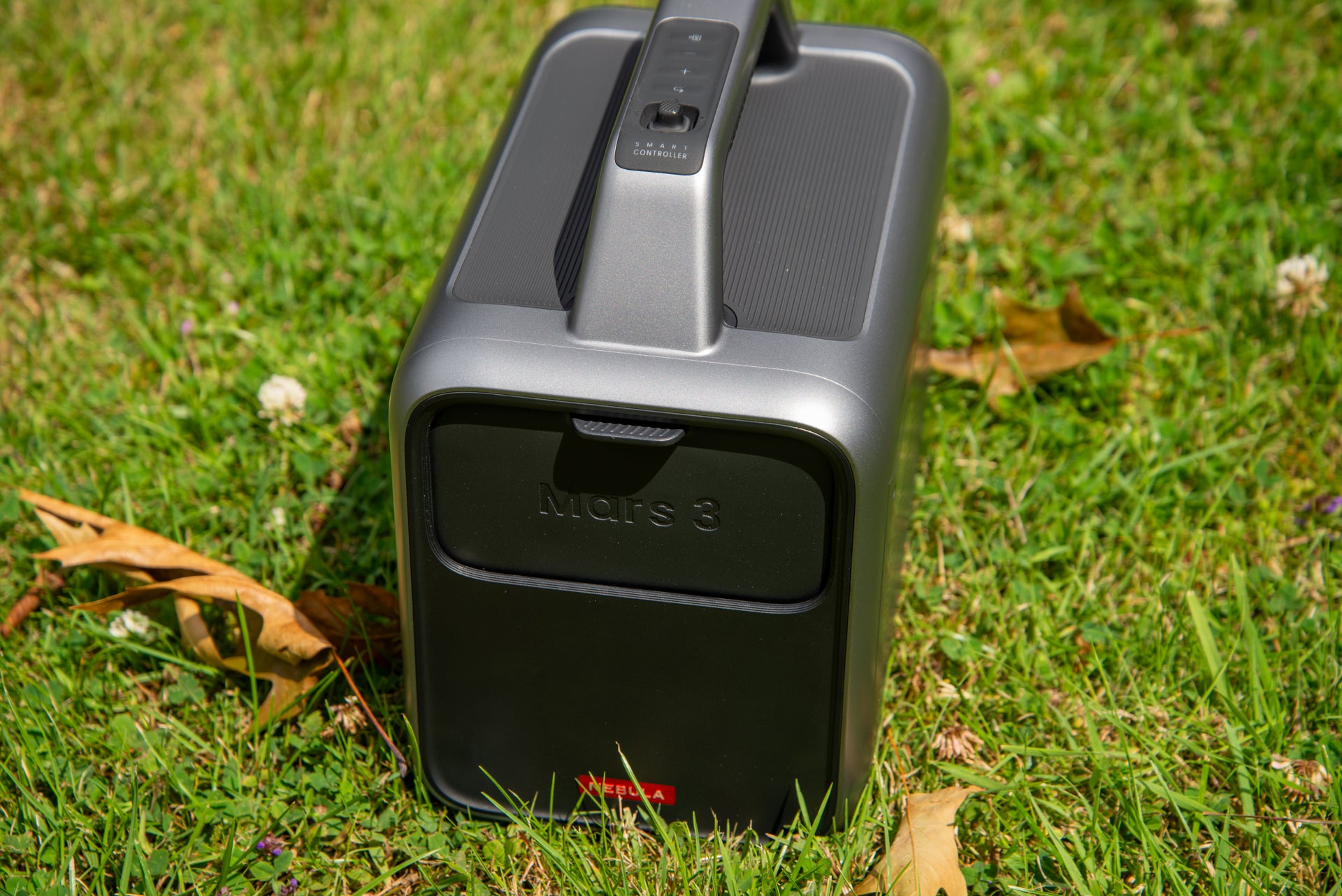
A chunky carry handle makes the projector easy to carry around, making it feel like a large torch. In fact, the projector does double up as a large torch, thanks to its light. It’s surprisingly useful to have a torch when using the projector outside, so you can see what you’re doing while setting up.
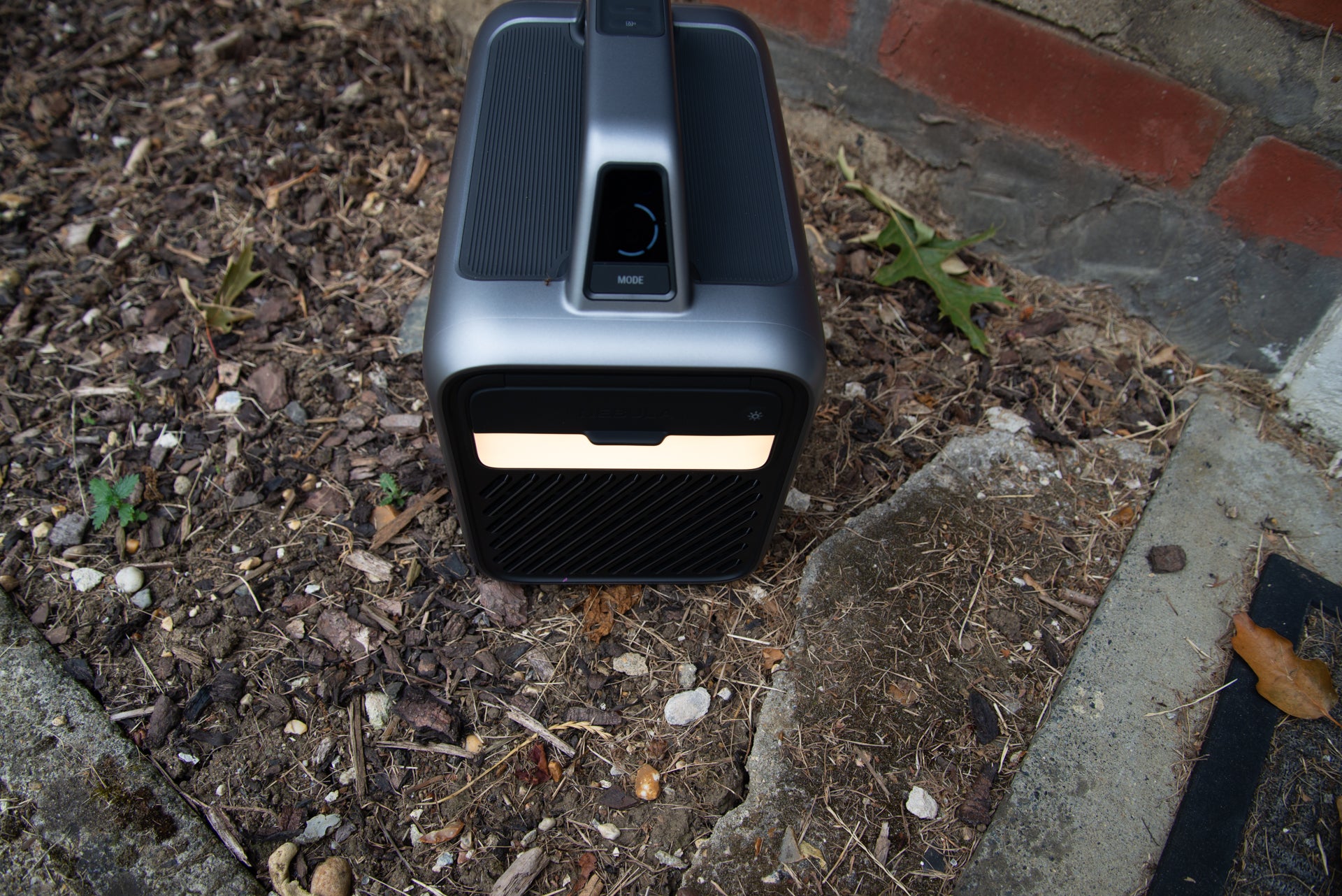
There’s a standard Bluetooth remote control for using Android TV and activating the Google Assistant.
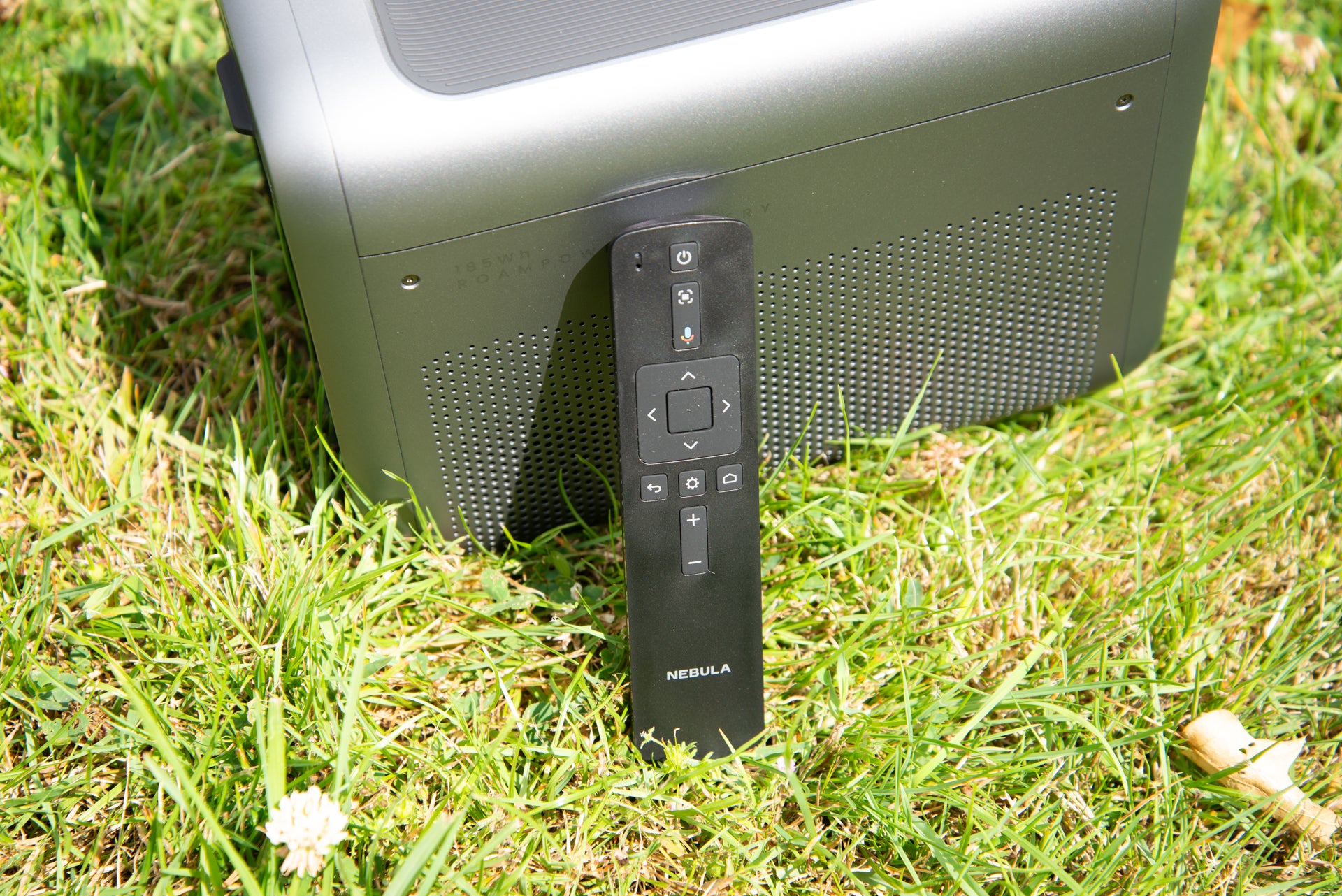
Anker has also thoughtfully stuck a joystick on top of the handle, so you can do everything without even reaching for the remote.
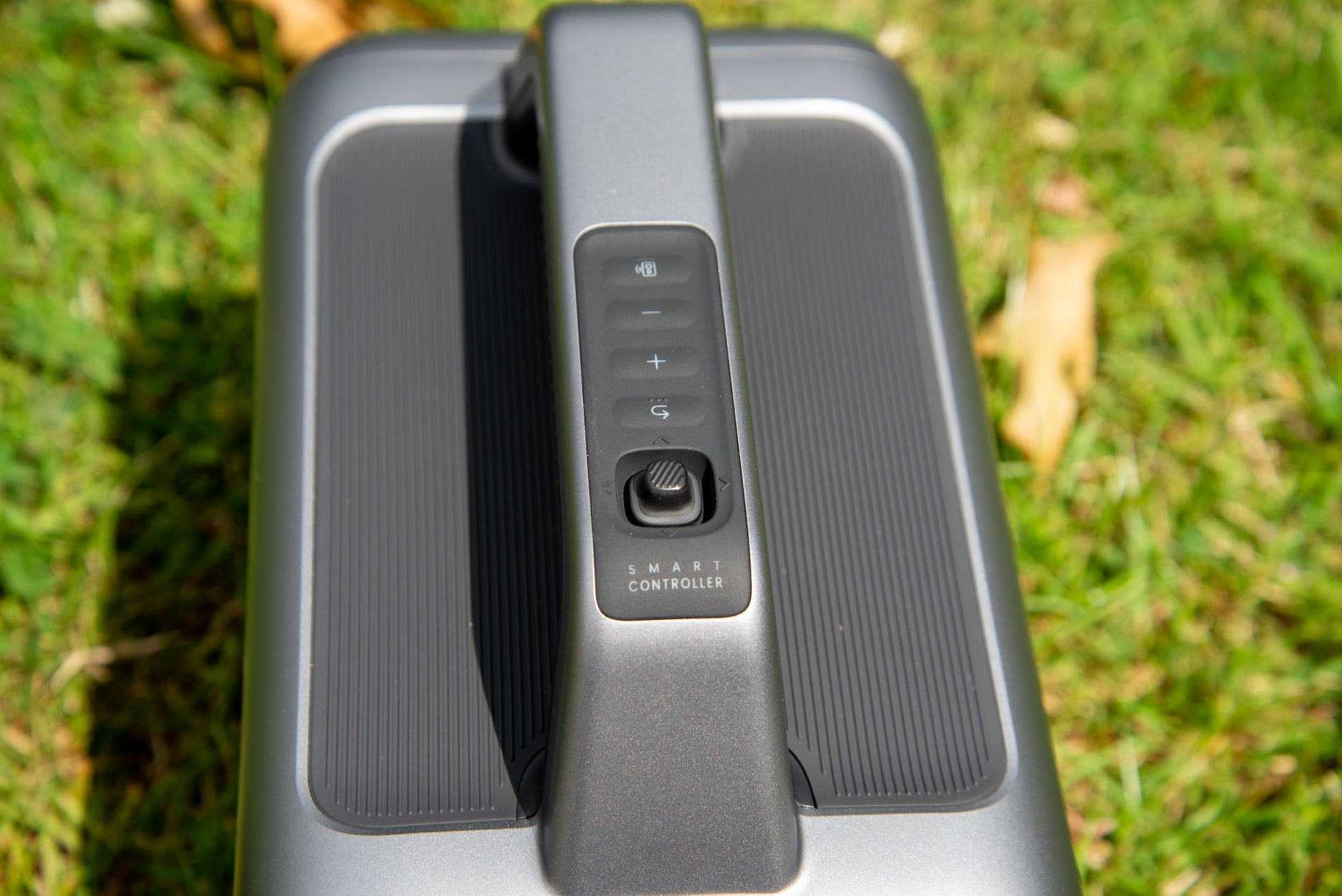
There’s a single HDMI input at the back if you want to plug any external devices, sitting next to dual USB ports, which can be used to charge devices.
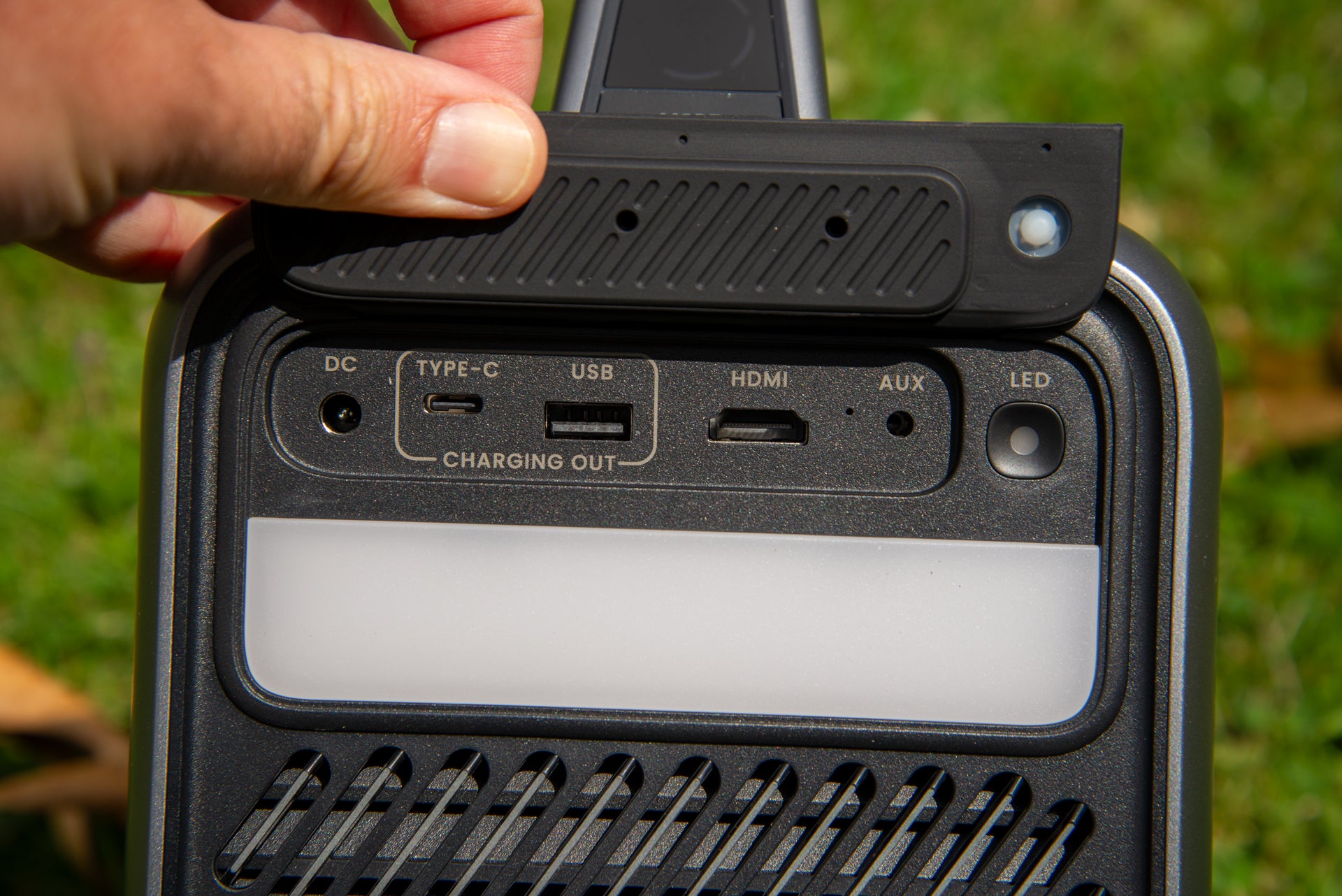
There’s a foot at the front to adjust the projector’s angle, but you may well be better off using a tripod and the standard mount underneath. That makes it easier to stand the projector up and get it lined up straight on to a screen or wall.
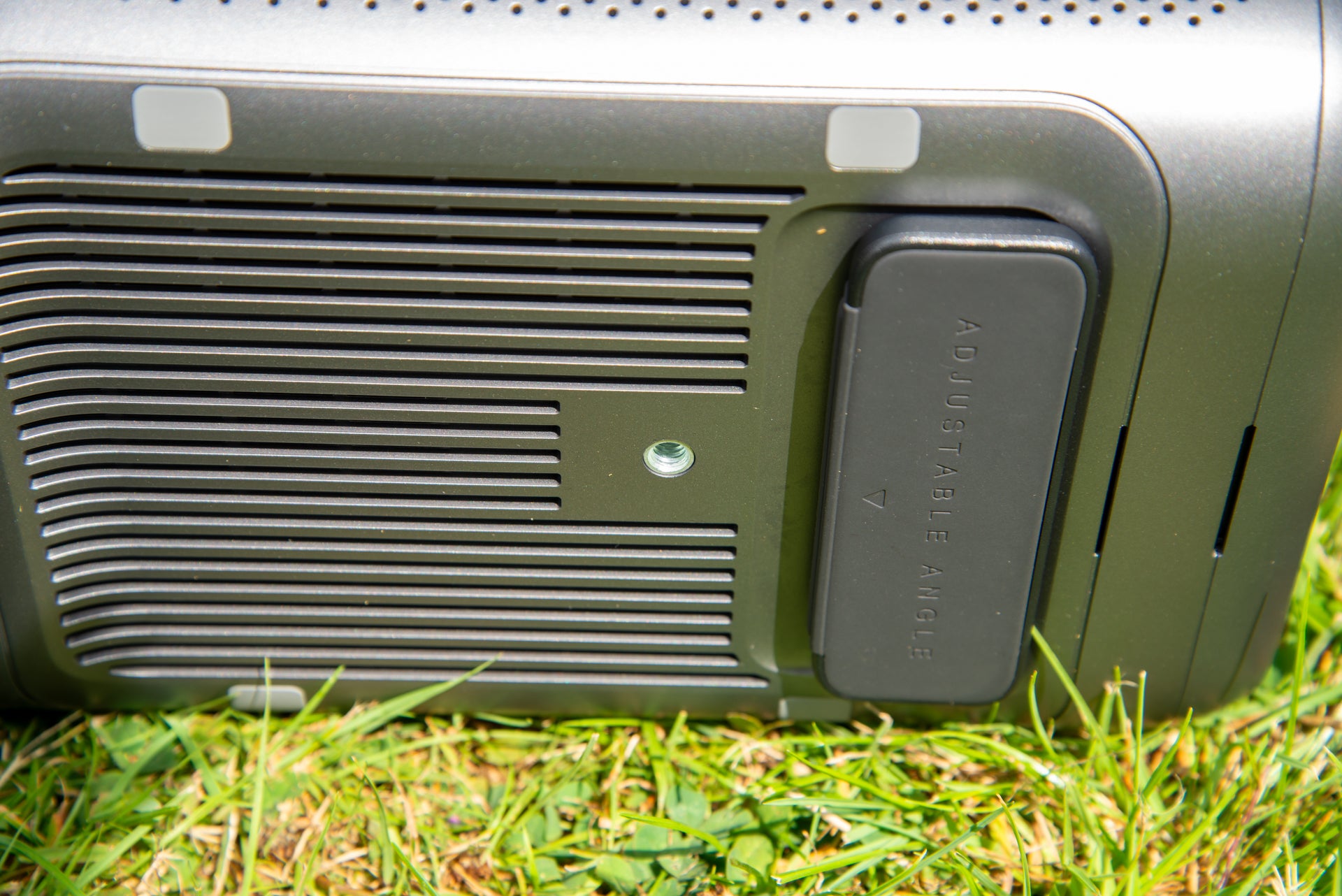
Features
- Fiddly Netflix workaround
- Autofocus, keystone and screen size
- Basic image adjustments
As is standard for smart projectors, the Anker Nebula Mars 3 runs Android TV, which has a big, friendly interface that’s built for use with a remote control. The same old issue exists: projectors are not certified to run Netflix, so the Android TV version of the app can’t be installed, even though the other major streaming apps (Apple TV+, Amazon Prime Video, Disney+, Paramount+ and NOW) are all bundled.
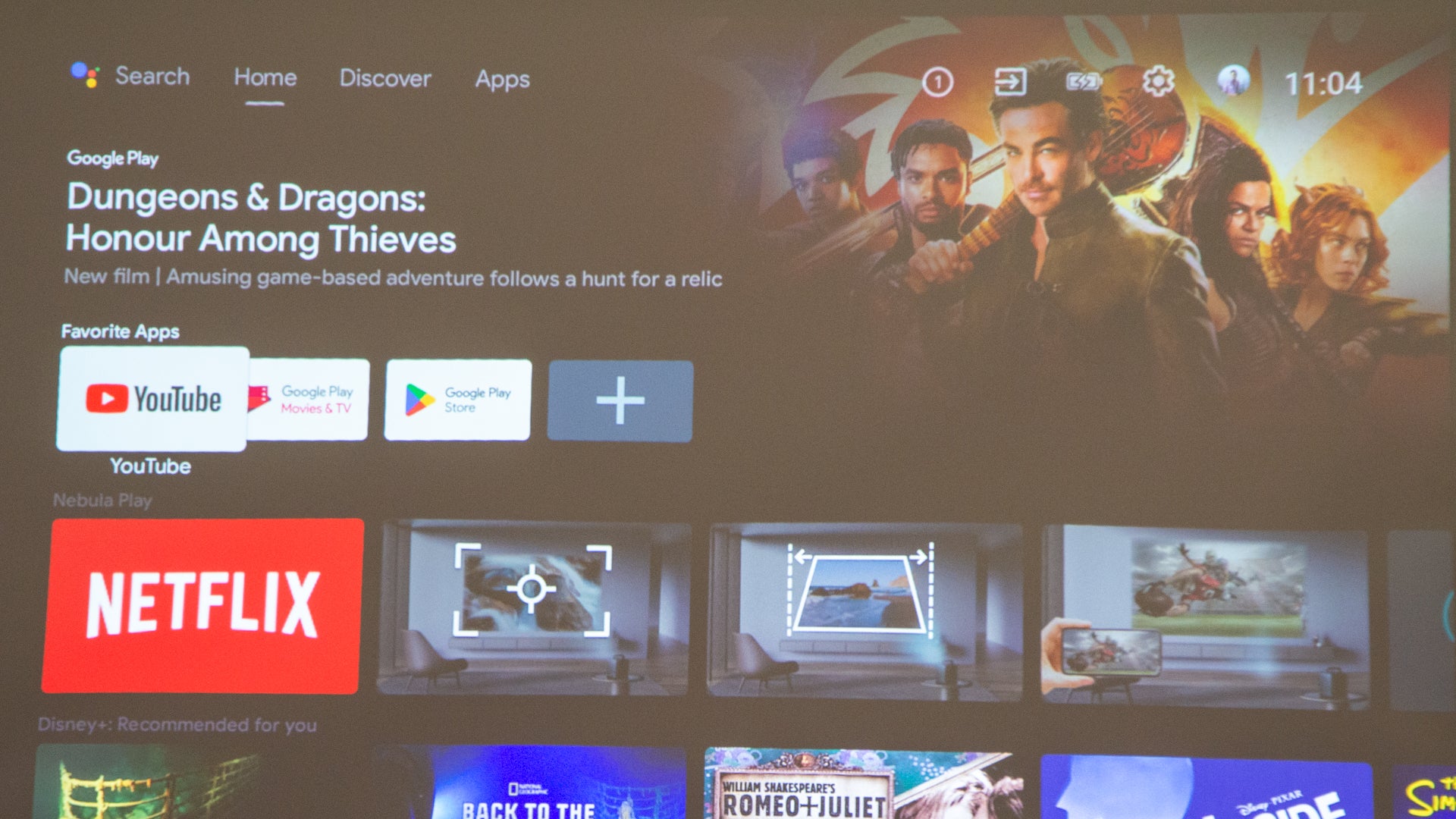
As a workaround, there’s a shortcut to the Nebula store, which let me download and install the mobile version of Netflix. This works, to a degree, but not properly with the remote control. To select anything, the remote has to go into mouse mode, moving a large pointer around the screen. Not only is it slow to select anything but I found it too easy to accidentally select the wrong option.

In a bind, this Netflix app will work, but I’d just stick a Fire TV Stick 4K Max into the back and use the built-in Netflix app there instead.
Sensors at the front of the projector can detect its angle and distance from the screen, giving fast and accurate autofocus and auto keystone correction. Impressively, the projector can also detect a screen and resize its image to fit automatically.
While you’re better off lining the picture up as best you can (straight on avoids the need for any digital corrections), the auto routines at least mean that the Anker Nebula Mars 3 can compensate for any issues fast.
Picture settings are basic with a few presets, plus a User mode, which gives control over contrast, saturation, sharpness, colour temperature and gamma. This mode also has a wall colour setting, so the Anker Nebula Mars 3 can compensate if it can’t project onto a screen or white wall; handy for use in hotel rooms and the like.

There’s a motion compensation option, too. While I’m not a massive fan of this technology, on a large screen and with DLP tech, a little bit of compensation can help smooth out the image.
Performance
- Good brightness and vivid colours
- Shadow detail suffers a little
- Loud audio
Rated at 1000 ANSI lumens, the Anker Nebula Mars 3 is relatively bright for a portable projector, although it does fall behind the Anker Nebula Cosmos Laser (1840 Lumens) and the XGIMI Horizon (2200 Lumens).
Anker has an AI image mode, automatically adjusting brightness based on the ambient conditions. It’s useful to have, as means that you don’t have to adjust brightness manually as it starts to get darker.
Using the projector inside, I could fill an 80-inch screen during the day, provided I shut the curtains. Even then, the Anker Nebula Mars 3 was better suited to bright and colourful content, as moodier films and TV shows were a bit harder to see until light levels dropped.
Outside, the projector works best in darkness, although it can be used from dusk at slightly smaller screen sizes.
Anker has used a 0.33-inch DMD chips in this projectors, which has a native resolution of 1280 x 720. XPR technology is used to shift the chip four times per second to build up a Full HD image that’s virtually indistinguishable from the real thing.
An LED light source provides sharp and even edge-to-edge lighting, with a life of 25,000 hours. I found the projector was at its best with vivid and bright content. Dive into the colourful world of Coco and the city of the dead shines in its vibrancy. Watching Avatar: The Way of Water, Pandora truly comes to life, with bright sunlight shining through the forest.

Sure, there’s not quite the brightness to deliver the highlights that a modern HDR TV can do, but HDR10 support does at least bring more contrast and detail into the picture.

There’s only so much that this projector can do with shadow detail. Watching the bridge fight scene in Blank Panther: Wakanda Forever, I could see what was going on, but the subtlety in the image disappears into the shadows. I found both the Cosmos Laser and XGIMI Horizon resolved more detail.

Audio is provided by a 40W 3-way speaker. It is loud, capable of filling a room and working well outside without the need for external speakers. There’s a good hit of bass, although it lacks the rumble of a proper home-cinema system. It can struggle a little with very bass-heavy scenes, such as the fire at the start of Avatar – the audio gets a touch distorted.
An integrated battery can last for up to five hours if the battery is on Eco mode, which drops image brightness. Leave the projector on its standard mode and around two hours is all you’ll get.
Latest deals
Should you buy it?
You want a rugged projector with a built-in battery: Incredibly tough and built to be carried around, this battery-powered projector is designed for the outdoors.
You want a brighter picture: Spend the same on a rival projector without a battery and you can get a much brighter image and better contrast.
Final Thoughts
A well built and polished package, the Anker Nebula Mars 3 is a simple projector to carry around, though its competition is very tough. For similar money, the XGIMI Horizon is a lot brighter and has better audio. The Horizon doesn’t have a battery, but for most people this isn’t going to be an issue, and a portable power station, such as the Jackery Explorer Pro, can provide power on the move.
If I wanted a portable projector with a battery, I’d probably go for the cheaper and smaller Anker Nebula Capsule 3.
How we test
We test every projector we review thoroughly over an extended period of time. We use industry standard tests to compare features properly. We’ll always tell you what we find. We never, ever, accept money to review a product.
Find out more about how we test in our ethics policy.
Tested for more than a week
Tested with real world use
FAQs
This model can take splashing and is ruggedised to protect it against drops.
There’s an option to install the Android client, but it’s a bit clunky.

